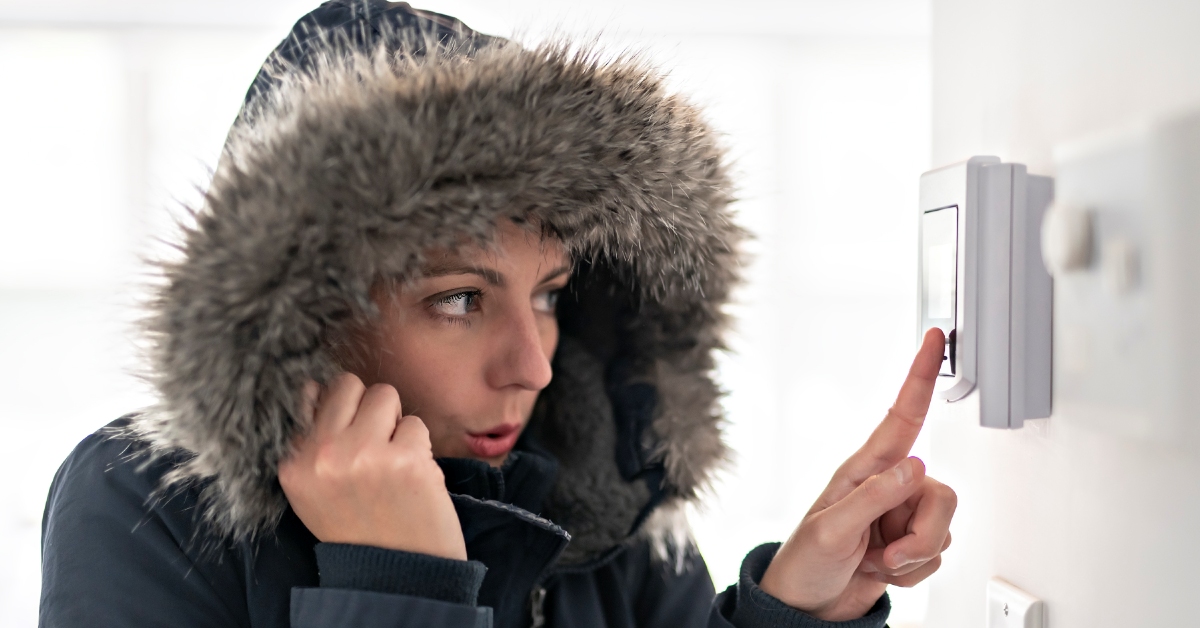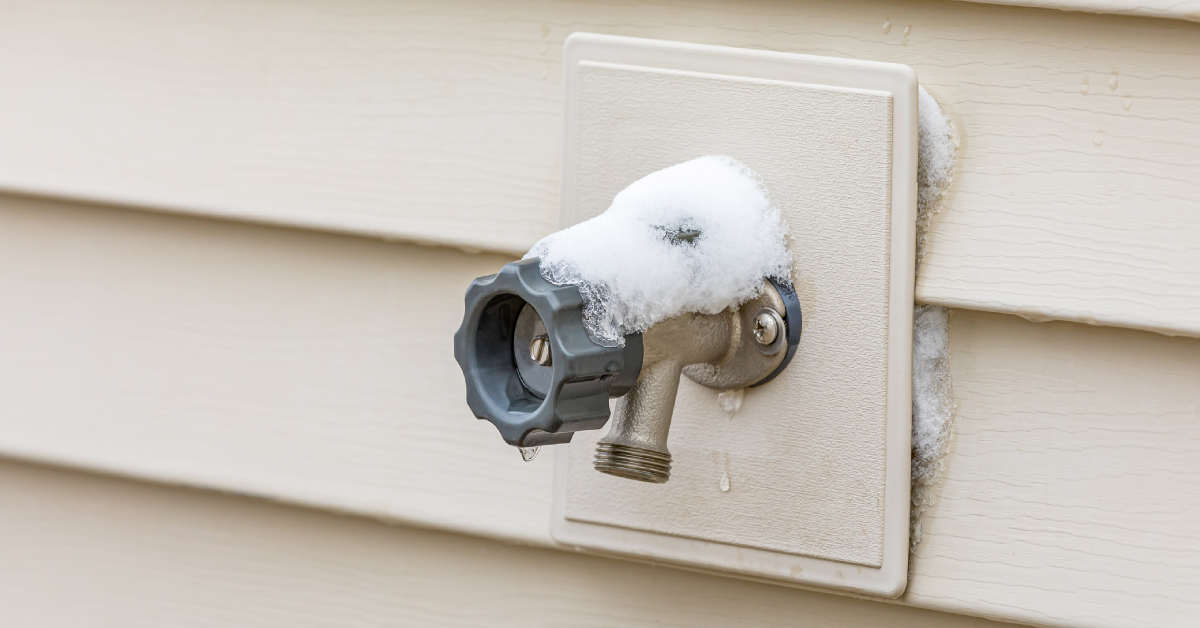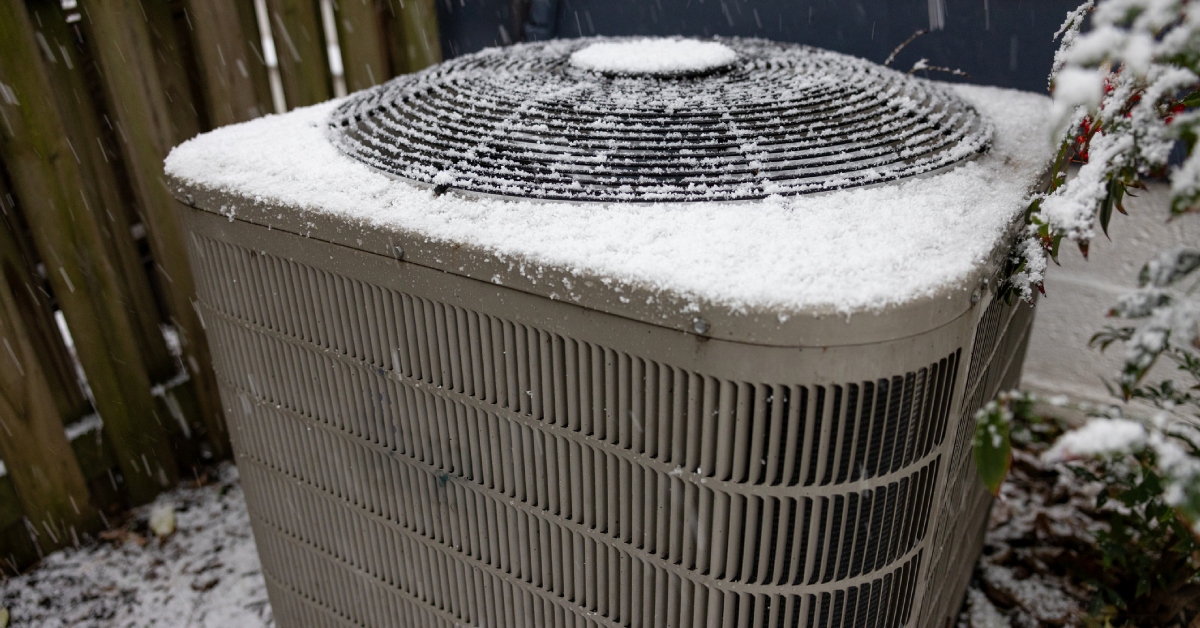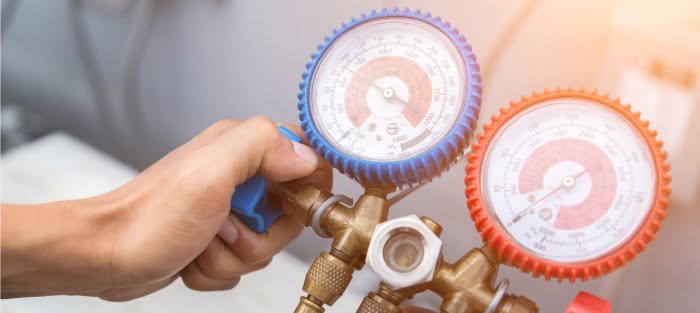
HVAC Tips for Two-Story Homes
When summer temperatures rise here in the Carolinas, many homeowners notice a frustrating issue: while the downstairs stays comfortable, the second floor becomes unbearably hot. This common problem isn’t just uncomfortable, it can overwork your HVAC system and increase energy costs.
At Charlotte Comfort Systems, we hear this concern all the time, and the good news is there are several ways to fix it. Let’s take a look at why your second floor might be so warm and what you can do to restore comfort throughout your entire home.
- 1
Heat Rises Naturally
Warm air naturally moves upward. This means heat generated from appliances, lights, and daily activity on the first floor tends to collect on the second floor. Add in rising outdoor temperatures, and your upstairs quickly turns into a sauna.
What to do: Improve airflow by running ceiling fans counterclockwise during summer to push cool air down. Keep interior doors open to encourage circulation. - 2
Inadequate Insulation
Insufficient insulation in the attic or second-floor walls allows heat from the sun-baked roof to radiate into your living space.
What to do: Have a professional inspect your attic insulation. Adding or upgrading insulation can help block heat transfer and improve your home’s energy efficiency. - 3
Poor Attic Ventilation
A hot attic can trap warm air and radiate it downward. Without proper ventilation, your attic becomes a heat reservoir directly above your second floor.
What to do: Ensure your attic has proper ventilation, such as ridge vents, soffit vents, or attic fans, to expel hot air and reduce the heat load on your upper level. - 4
HVAC Imbalance
Most HVAC systems are designed to treat the whole house uniformly. However, cool air naturally settles on lower levels, leaving the upper floors warmer. If your HVAC system isn’t properly balanced, it may struggle to deliver enough cool air upstairs.
What to do: Have your system professionally evaluated. A technician can adjust dampers in the ductwork, rebalance airflow, or recommend zone control systems to provide separate temperature control for each floor. - 5
Ductwork Problems
Leaky or poorly routed ducts can lead to reduced airflow upstairs. If your second-floor rooms aren’t getting enough cool air, faulty ductwork could be the reason.
What to do: Schedule an HVAC inspection to check for duct leaks or blockages. Sealing and insulating ducts can significantly improve performance. - 6
Old or Undersized HVAC System
If your AC unit is more than 10–15 years old or wasn’t sized correctly when installed, it may be struggling to keep up with your home’s cooling demands, especially upstairs.
What to do: Have your system evaluated by a professional. Upgrading to a properly sized, high-efficiency unit or supplementing with a ductless mini-split system upstairs can make a big difference. - 7
Sunlight Exposure
South- and west-facing rooms often get the most sun exposure during the hottest parts of the day, leading to uneven temperatures.
What to do: Install thermal curtains or UV-blocking window film. Consider planting shade trees or using exterior awnings where feasible.
Keep Your Entire Home Comfortable This Summer
A hot second floor isn’t something you have to live with. At Charlotte Comfort Systems, we specialize in diagnosing and solving these common HVAC issues for homeowners across the Carolinas. From simple airflow adjustments to system upgrades, we’ll help you find the most cost-effective solution to stay cool all summer long.
continue reading
Related Posts
Rapid changes can prevent the system from fully equalizing pressures, especially in heat pumps, which are common in our area.
When the heat is turned off or set too low, cold air can quickly reach pipes throughout your home, allowing temperatures to drop below freezing.
Heat pumps move heat from the outdoor air into your home. On cold, humid, or freezing days, moisture in the outdoor air can freeze on the heat pump’s outdoor coil.




